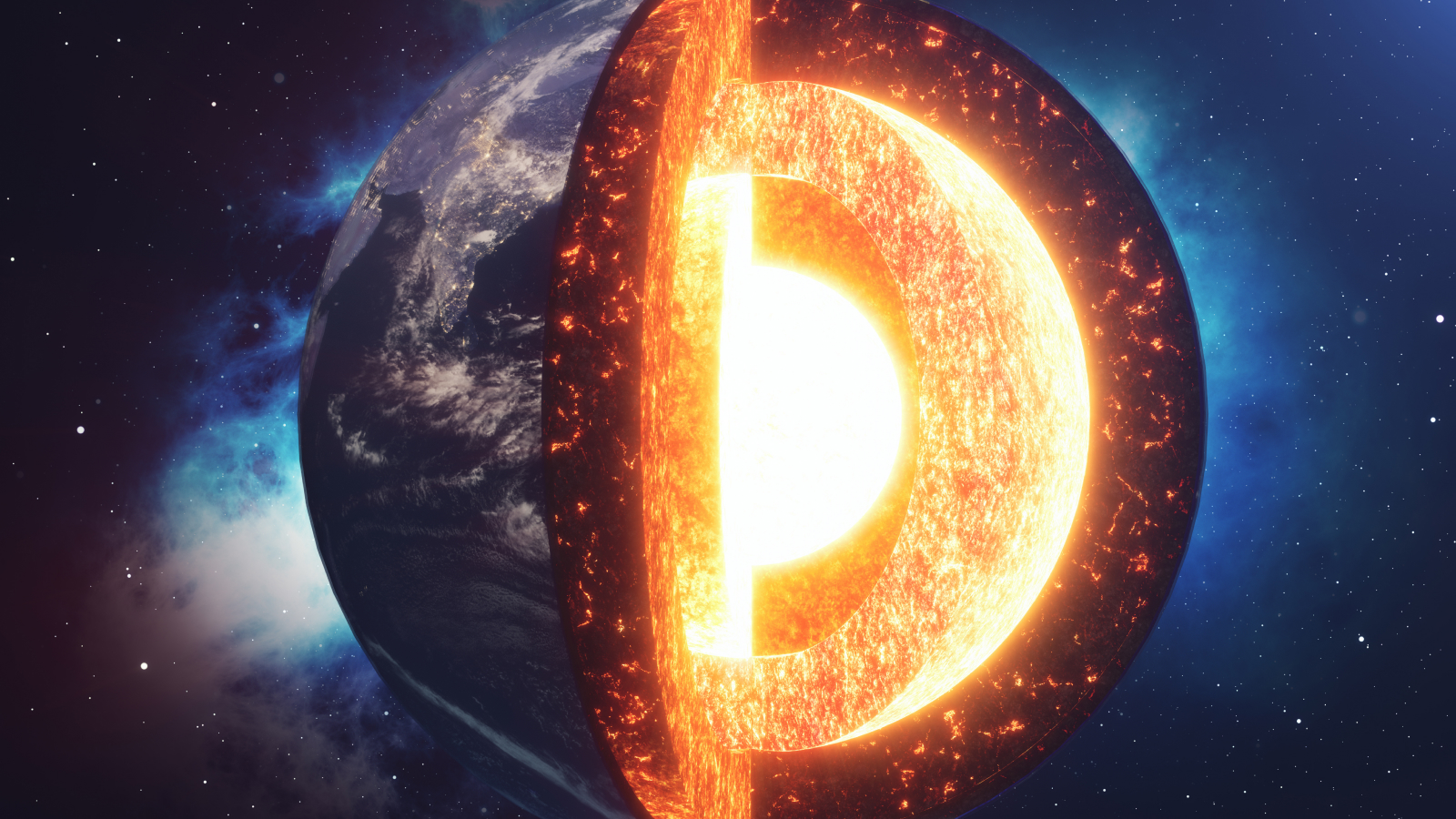Earth's plate tectonics fired up hundreds of millions of years earlier than we thought, ancient crystals reveal
New research hints that plate tectonics began earlier than 4 billion years ago — not long after Earth had formed.

The plate tectonics that cause earthquakes, build mountains and split continents may have started when Earth was in its infancy, new research finds — significantly earlier than many scientists previously thought.
The new study suggests plate tectonics started more than 4 billion years ago — not long after the planet formed 4.5 billion years ago. In this era, known as the Hadean, Earth was fresh and piping hot, with an ammonia-and-methane atmosphere imbued with enough water to eventually condense into a planet-wide ocean. During this period, Earth cooled enough to have a solid outer crust.
Today, that crust is shaped by the grinding movements of tectonic plates, which ride on the warmer, more mobile mantle below. But no one knows for certain when this arrangement of plate tectonics first began. Previously, researchers suggested it began in the Hadean, nearly as soon as the crust cooled. Others think plate tectonics started around 3.2 billion years ago, when geochemistry reveals some key changes in the crust's makeup. Others argue the phenomenon is even more recent, evolving to its modern form in the last couple of billion years.
Scientists have struggled to determine exactly when plate tectonics began because there are no surviving rocks that are more than 4 billion years old, so the only direct window into the Hadean comes from tiny, tough crystals known as zircons — the oldest of which date back 4.4 billion years. A subset of those, known as S-type zircons, can reveal the presence of plate tectonics. These particular zircons are crystals that form in sedimentary rocks on land, then get pushed into the mantle by tectonics and re-emerge again in metamorphic granites.
The problem is that S-type zircons can't be easily identified by one single feature but instead by a whole suite of trace minerals.
In the new study, published July 8 in the journal PNAS, researchers used a machine-learning model to make this task easier. The scientists first fed the model data from 300 zircons of known origin and then tested the model's ability to determine whether 74 more zircons were S-type or not. With the model trained to differentiate between zircon types, the team next applied it to 971 new zircons from the Jack Hills of Australia, where most of the oldest zircons on Earth are found.
The results indicated that 35% of the Jack Hills zircons were S-type. Some of these date to 4.2 billion years ago, suggesting that plate tectonics was moving rocks from the crust to the mantle and back again during the Hadean.
Get the world’s most fascinating discoveries delivered straight to your inbox.
The research isn't the first to hint at very ancient tectonic movement. A 2023 experiment that melted rocks at high temperatures suggested that the oldest continental crust formed by subduction — the process of one tectonic plate diving under another. Some studies even suggest there may have been early continents during the Hadean.
But the new study probably won't reconcile all of the controversy. Chris Hawkesworth, a geochemist at the University of Bristol who was not involved in the new study, told Science Magazine that other forces beyond plate tectonics, such as giant meteor impacts, could also have moved rocks between the crust and the mantle in Earth's early days.

Stephanie Pappas is a contributing writer for Live Science, covering topics ranging from geoscience to archaeology to the human brain and behavior. She was previously a senior writer for Live Science but is now a freelancer based in Denver, Colorado, and regularly contributes to Scientific American and The Monitor, the monthly magazine of the American Psychological Association. Stephanie received a bachelor's degree in psychology from the University of South Carolina and a graduate certificate in science communication from the University of California, Santa Cruz.


